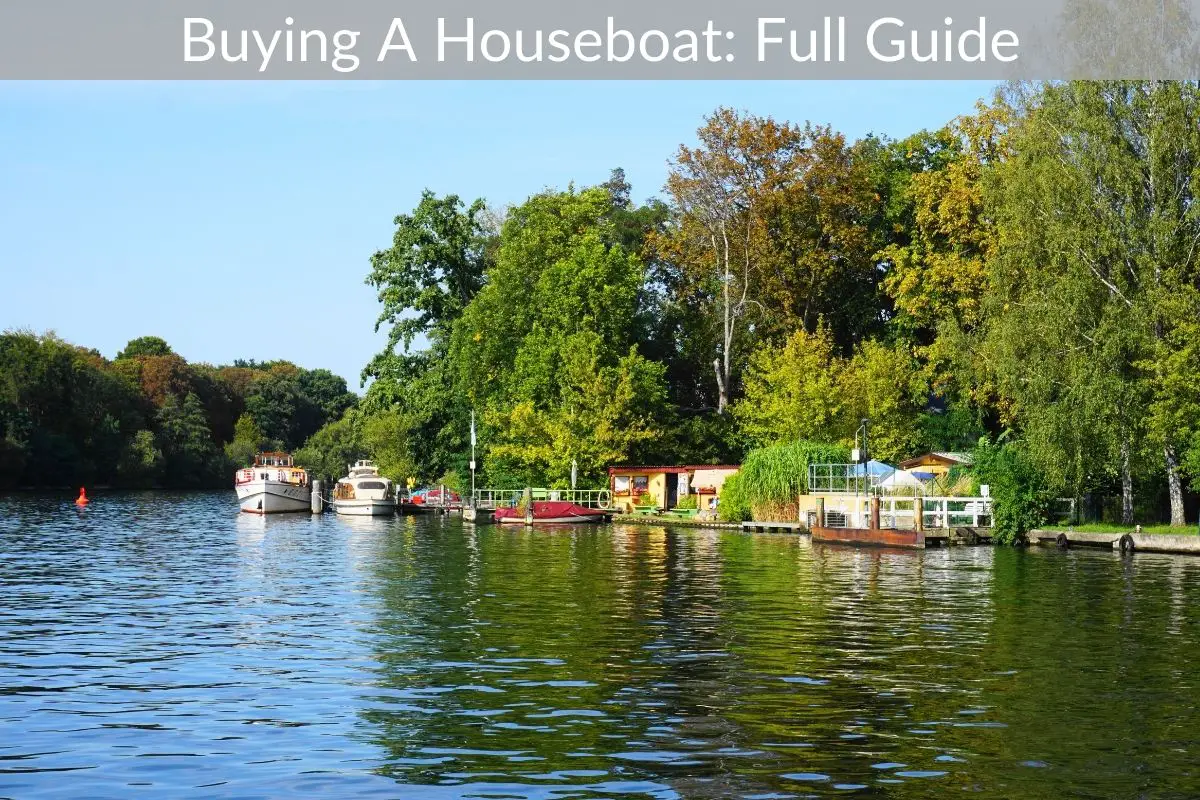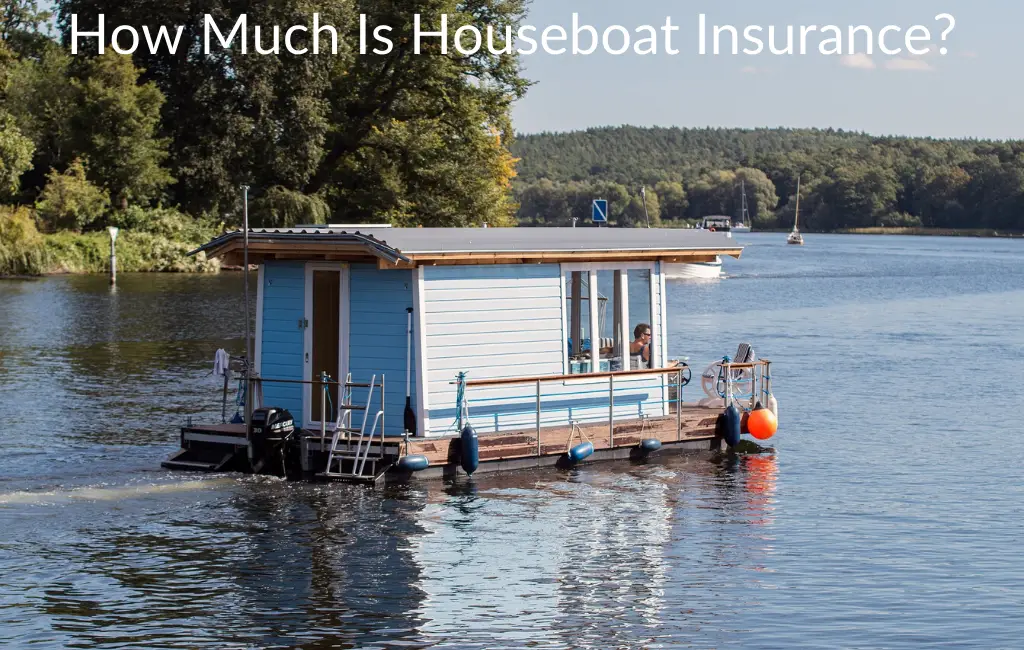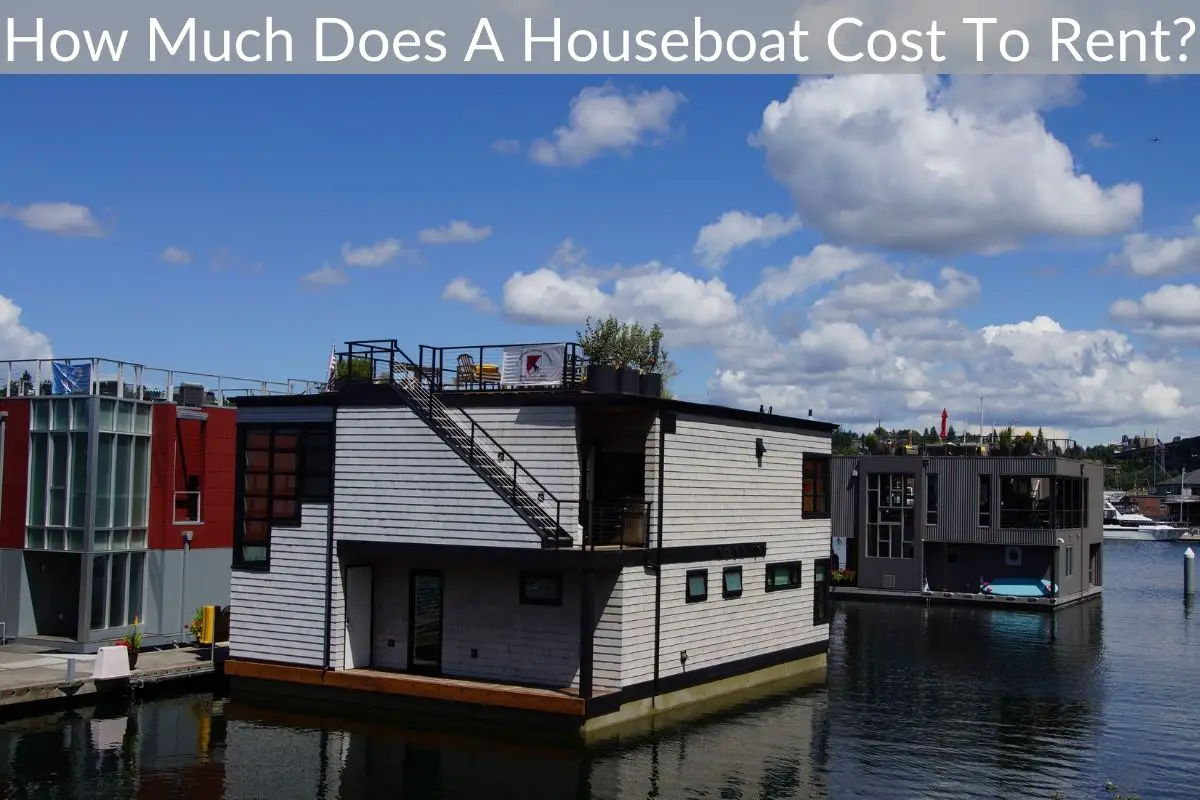For many people living on a houseboat sounds like a dream come true, but what if you notice your cabin or sleeping quarters getting quite hot in the summer or freezing during the winter? Does your houseboat even have any insulation?
*This post may contain affiliate links. As an Amazon Associate we earn from qualifying purchases.
Depending on the make and model of your houseboat, some houseboats will come already insulated while others will have no traditional insulation at all. Many people will insulate their houseboat after purchase to ensure that they can keep the inside of their houseboat a little more comfortable all year long.
In this article I will discuss the different insulation options and which will work best for most houseboats. If you are going to insulate a houseboat is is important to only use insulation that is water resistant or waterproof.
1. Spray Foam Insulation
This is probably the easiest to install and use to insulate your boat with. This can be done in small areas with spray cans or it can be used to insulate entire houses with professional spray foam services.
There have sprung up a lot of do it yourself spray foam kits but they can be quite expensive. The pricing will vary depending on how large your boat is that you are going to insulate but it will average a little over one dollar per square foot of space you are going to insulate. If your cabin and deck that needs insulated is 500 sq ft you can expect to spend $500-$600 on the spray foam kit.
Spray foam is going to be the most expensive way to insulate your houseboat but it is the easiest and fastest while also being the most energy efficient option by far!
Spray foam also has an extremely long lifespan with many tests reporting 80+ years of effectiveness! That will probably be far longer than you will have your houseboat for so you will insulate it once and never have to worry about it again.
Another huge benefit is that it is much more energy efficient than a fiberglass or foam insulation. A closed cell spray foam will often have an R value of 6-7 per inch while fiberglass will have an R value of 2 per inch. In a small place like the walls or deck of a houseboat you can’t just stack more of the cheaper insulation like you can in a house attic.
Since you will only have 4-6 inches to put insulation with spray foam you can get an R value of 24 (with 2×4 walls) and an R value of 36 (with 2×6 walls). With fiberglass you will only be able to get an R value of 8 or 12 in those spaces!
With spray foam being 3 times more effective than most traditional fiberglass insulation you can see why it is a popular choice even though it is more expensive.
If you have never seen a diy spray foam insulation you can see the comparison with a normal fiberglass insulation in the video below.
2. Foam Board Insulation
Foam board insulation is the middle of the road between the spray foam and fiberglass options. It is in the middle in regards to its effectiveness as it will have a higher R value than fiberglass but not be as good as spray foam.
Foam board will also fall in the middle of the price range as well. It won’t be as expensive as spray foam but it also won’t be as cheap as fiberglass.
One of the main downsides to foam board insulation is that installing it can be difficult inside of the wall studs or the deck framing. Foam board insulation can work good to be put up in basements on the inside of a concrete wall or something similar but cutting it to fit inside studs is difficult and if you cut it wrong you will lose a ton of your heated or cooled air.
If your deck is mainly flat on the underside you could use foam boards for insulation but in most situations it won’t work well for use in a houseboat.
3. Fiberglass Insulation
This is the most popular insulation for homes and boats alike simply because it is cheaper than either of the above options. If you have ever seen rolls of insulation at a store or been watching a home improvement show where they unroll the insulation then they were using fiberglass insulation.
As mentioned in the spray foam section this is by far the cheapest way to insulate your houseboat but it is also the least energy efficient. Since you only have a specific number of inches between the studs to put the insulation than fiberglass just simply won’t work as well as the more expensive options.
If it isn’t as efficient and is more time consuming to install then why is it so commonly used? There are really two reasons: price and ease of install.
Fiberglass insulation is quite simply dirt cheap. It does a decent job and is normally good enough to meet the insulation requirements to meet building codes. Since it is cheaper, home builders will often use it to save money on the build while still meeting the necessary codes.
Of course the new homeowner (or houseboat owner) will lose far more of their heating and cooling but that is rarely the concern of the builder. They are normally concerned about the bottom line and if they can squeeze a few hundred dollars extra out of each build that can add up quickly over time.
How easy it is to install is the other reason why fiberglass is used so often. You can take a teenager off the street with no construction experience and have them install fiberglass insulation. It’s as simple to install as cutting it to length, putting it in between the studs and stapling it in place.
Many DIYers will use fiberglass insulation because there just isn’t much of a learning curve to the installation process. Anyone can pick up a knife and tape measure and go to town to get the installation done.
Conclusion
If your houseboat doesn’t currently have insulation or if the insulation it has isn’t doing it’s job properly you have to decide which of the above options will work best for you and your budget.
I would always recommend going with spray foam because of its longevity and it being three times more effective than its fiberglass counterpart. It isn’t as simple to install as fiberglass but once it’s done you don’t have to worry about moisture or air flowing in places because it has started to fall apart.
I especially like the spray foam for a houseboat because it’s not going to be a huge amount more than fiberglass or foam board. Yes, it will cost more but since most houseboats aren’t very big it won’t be outrageous to use the spray foam and you should be able to make up for the increase in cost over time as you save money on your heating (or cooling).
Ultimately the decision is yours which route you will choose but remember, you don’t want to have to take the walls down and do this again in a few years because you cheaped out. You also don’t want to not be able to use your houseboat in the hottest or coldest times because your walls won’t keep out the heat or cold like they should!
As always,
Happy boating









